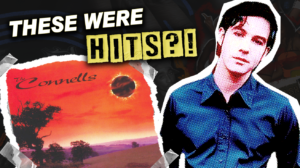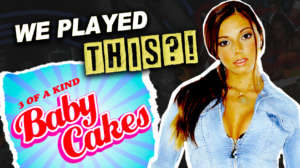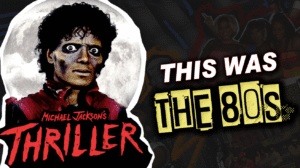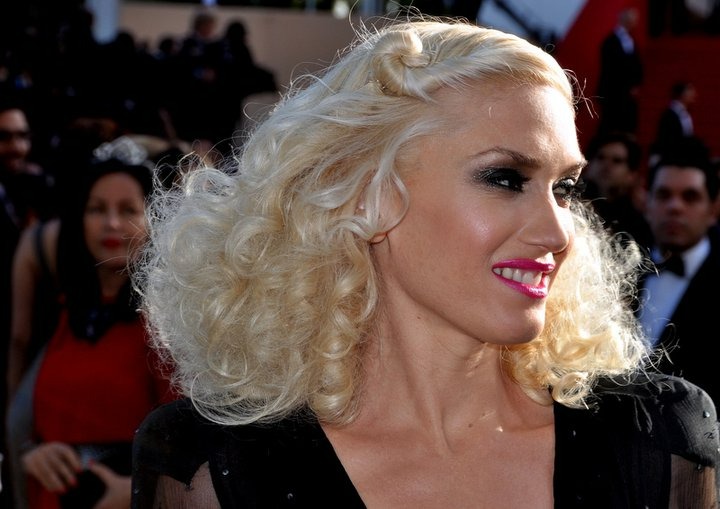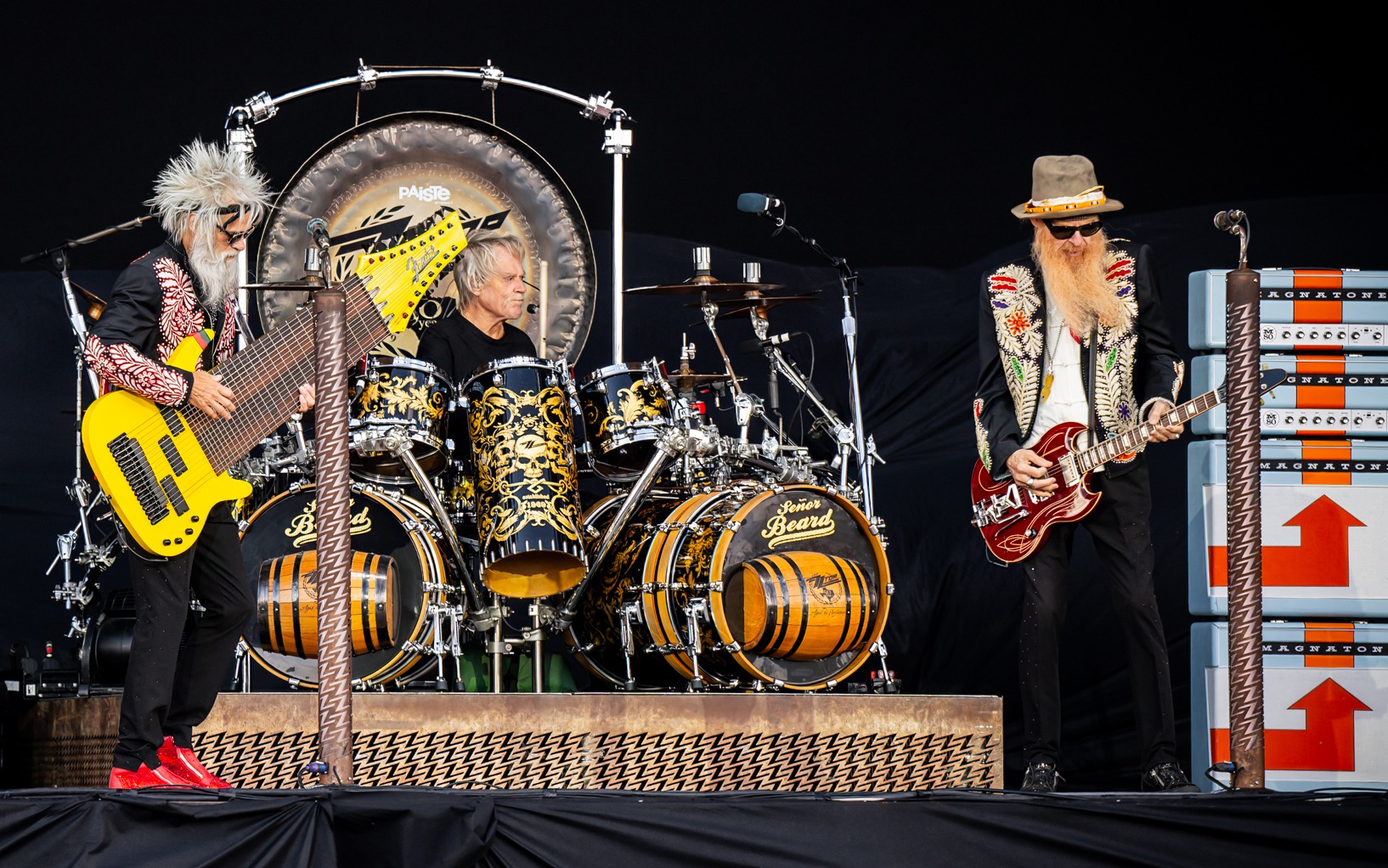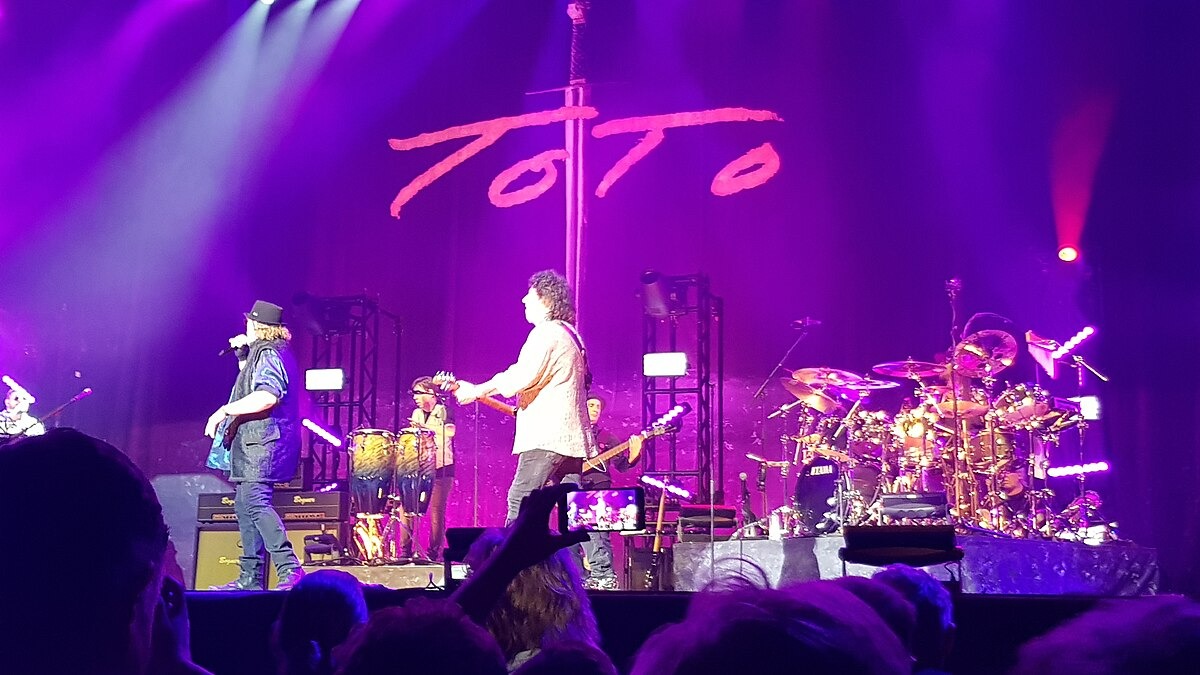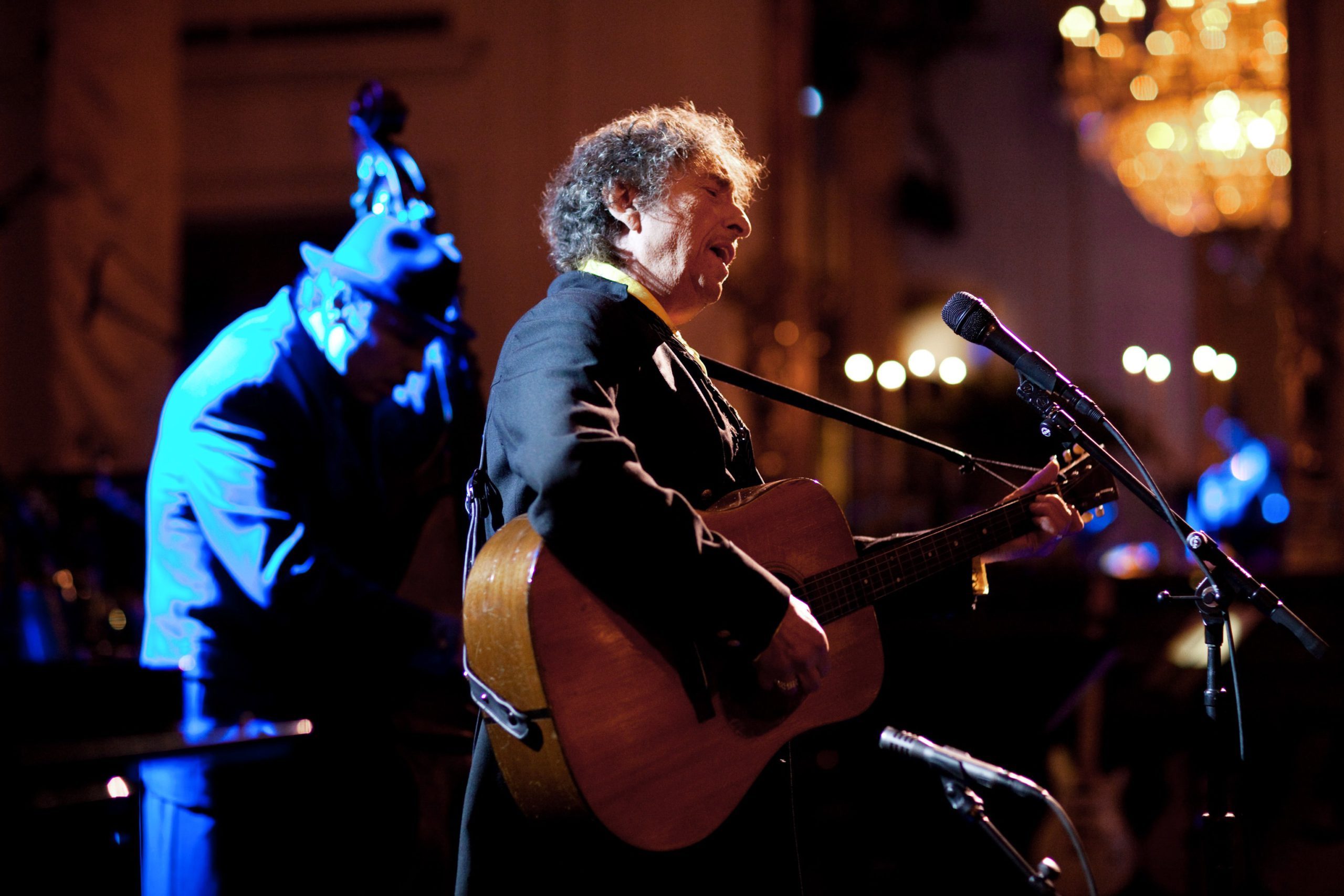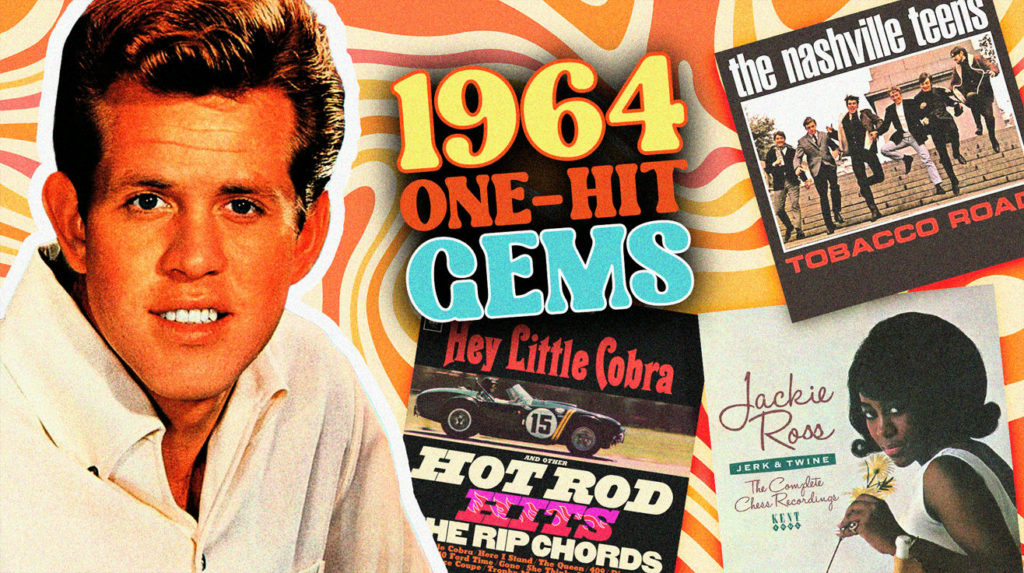
Between Beatles-mania and Dylan going electric, 1964 birthed a secret universe of musical outlaws who crashed the charts once, then vanished. These sonic disruptors left behind cultural artifacts that were more revealing than anything the music establishment produced. Each track functions as a three-minute time capsule from the moment when the old world collided with the new, capturing a generation caught between manufactured innocence and the coming cultural storm.
15. Popsicles and Icicles by The Murmaids

Girl group innocence reached its saccharine peak when teenage sisters Jaqueline and Carol Fischer joined Sally Gordon to deliver this David Gates confection. Produced by the notoriously eccentric Kim Fowley, the track climbed to #3 on Billboard while providing the soundtrack for countless sock hops. This sugary time capsule represents the final gasp of manufactured American innocence before the British Invasion shattered such carefully constructed fantasies.
14. Tobacco Road by The Nashville Teens

British musicians capturing American Southern poverty created the ultimate irony when this UK band transformed John D. Loudermilk’s composition into a gritty working-class anthem. Their version—reaching #6 UK and #14 US—features pounding piano and guitar work that channels oppression they never personally experienced. Their raw energy successfully communicated universal struggles despite geographical and experiential distances, creating a template for countless garage bands.
13. Little Honda by The Hondells

Pop music and consumer culture consummated their marriage with this transparent motorcycle commercial disguised as a hit song. Brian Wilson and Mike Love’s ode to the Honda 50 reached #9 on Billboard when performed by The Hondells—a fictional band created by producer Gary Usher that included session legends like Glen Campbell.
12. Have I the Right by The Honeycombs

Before there was punk, there was Joe Meek turning a London flat into a sonic laboratory where recording rules went to die. This Howard/Blaikley track became the guinea pig for Meek’s mad scientist approach, having band members stomp on wooden stairs while recording through bathroom mics. The resulting #1 UK/#5 US hit featured female drummer Honey Lantree, who smashed gender barriers with the same force she hit her kit, creating waves in the boys’ club of British rock decades before the Riot Grrrl movement. Many of these musicians made a cultural splash only to disappear soon after. Discover more about bands that vanished after one hit and the untold stories behind their fleeting fame.
11. White on White by Danny Williams

Heartbreak reached operatic proportions when South African-born British crooner Williams delivered this Ross/Crane ballad about watching an ex-lover’s wedding. His smooth vocals propelled the emotional drama to #9 on Billboard and #3 on Middle Road charts, providing soundtrack material for countless solitary crying sessions. The song’s theatrical agony—observing an ex’s happiness while dying inside—captures universal relationship trauma that somehow feels comforting in its validation of shared suffering.
10. I Wanna Love Him So Bad by The Jelly Beans

Jersey City’s answer to girl-group dominance briefly crashed Billboard’s top 10 with this Jeff Barry/Ellie Greenwich composition that captures teenage longing with scientific precision. The Jelly Beans delivered emotional urgency through perfectly calibrated vocal performances—lead singer Barbara Parritt conveying adolescent desire with an authenticity that corporate-manufactured groups rarely achieved.
9. California Sun by The Rivieras

Cultural appropriation never sounded so glorious as when five Indiana teenagers hijacked California surf culture from 2,000 miles inland. Their supercharged cover of Henry Glover’s track features an organ riff that could power small appliances and climbed to #5 on Billboard—geographical authenticity be damned. Their version later became punk foundation material when The Ramones covered it, creating a weird generational link between manufactured surf dreams and manufactured punk rage.
8. Ringo by Lorne Greene

Television’s most famous fictional rancher topped music charts with this spoken-word western fever dream about a gunslinger (not the Beatle) who spares the narrator’s life. Lorne Greene transformed his “Bonanza” patriarch gravitas into pop currency when this Robertson/Blair composition hit #1 in December 1964 – making it one of the many old favourites from the 1960s.
7. Suspicion by Terry Stafford

The music industry’s first successful Elvis clone operation dropped in April 1964 when Terry Stafford’s carbon-copy vocals confused radio listeners nationwide. His version of this Pomus/Shuman track peaked at #3 on Billboard, outperforming the King’s original recording. Stafford later slid into country music like the universe restoring balance after this brief glitch in the celebrity matrix. His subsequent hit “Amarillo by Morning” showed there was more to this singer than just sounding like someone else.
6. We’ll Sing in the Sunshine by Gale Garnett

Folk music’s commercial peak produced this revolutionary love song disguised as easy listening. New Zealand-born Garnett’s self-penned hit—which reached #4 on Billboard and won the 1965 Grammy for Best Folk Recording—proposed temporary romance without commitment, practically feminist contraband in pre-sexual revolution America. Her breezy delivery disguised genuinely radical content, similar to how Bridgerton sneaks progressive politics into costume drama.
5. Last Kiss by J Frank Wilson and the Cavaliers

Teen tragedy ballads functioned as emotional pornography for the pre-Tinder generation. This death-drenched melodrama, written by Wayne Cochran but immortalized by Wilson’s anguished delivery, reached #2 on Billboard after being recorded in a converted garage in San Angelo, Texas. The track sold a million copies while traumatizing an entire generation before later resurfacing when Pearl Jam’s 1999 cover introduced Gen X kids to the peculiar pleasure of crying over fictitious dead teenagers.
4. It’s Like That by Jackie Ross

Chicago soul asserted its distinctive identity when Jackie Ross delivered this Stevenson/Davis composition with enough emotional force to reach #11 on Billboard and #4 on R&B charts. Her powerful performance, backed by Chess Records’ exceptional musicians, created perfectly calibrated heartache that challenged Motown’s polished dominance. Though overshadowed by Detroit’s commercial juggernaut, Ross’s gritty Chicago sound represented a raw alternative that captures the moment when personal dignity collides with romantic devastation.
3. Romeo and Juliet by The Reflections

Doo-wop refused to die quietly even as the British Invasion rendered it commercially obsolete. This Michigan group’s Hamilton/Gorman-penned track—which reached #6 on Billboard—repackaged Shakespeare’s tragic lovers as bubble-gum teen idols. The Reflections created a dance-floor version of high school English class, reducing centuries of literary analysis to choreographed hand movements.
2. Hey Little Cobra by The Rip Chords

Automotive lust and Californian aspiration merged when this Carol/Marshall Connors composition roared to #4 in early 1964. The Rip Chords—featuring future Beach Boys producer Terry Melcher and soon-to-be Beach Boy Bruce Johnston—objectified Carroll Shelby’s muscle car with teenage fervor. Backed by the legendary Wrecking Crew, the track represents peak car-culture mythology, where ownership of specific vehicles promised transformation, status, and sexual magnetism.
1. Hi-Heel Sneakers by Tommy Tucker

Blues traditionalism collided with commercial appeal when Tommy Tucker (born Robert Higginbotham) modernized the 12-bar format for pop consumption. His original composition—featuring Dean Young’s razor-sharp guitar—reached #11 on Billboard and #4 on R&B charts by bridging authentic blues structures with dance-friendly accessibility. Despite never striking chart gold again, Tucker inadvertently created a blues standard covered by everyone from Elvis to The Grateful Dead, becoming a universal connector in the blues network.




